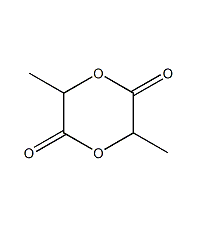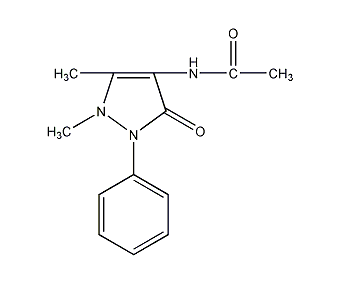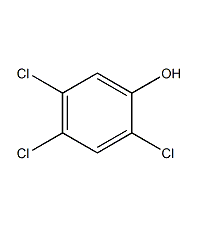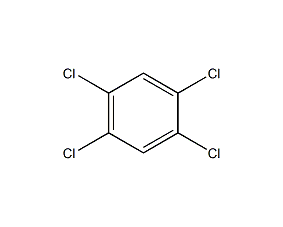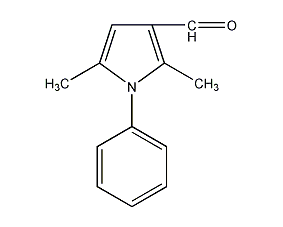
Structural formula
| Business number | 01TF |
|---|---|
| Molecular formula | C13H13NO |
| Molecular weight | 199.25 |
| label |
2,5-Dimethyl-1-phenyl-1h-pyrrole-3-carbaldehyde, 2,5-Dimethyl-1-phenyl-1h-pyrrole-3-carboxaldehyde |
Numbering system
CAS number:83-18-1
MDL number:MFCD00051494
EINECS number:201-458-6
RTECS number:None
BRN number:144790
PubChem ID:None
Physical property data
1. Physical property data
1. Character: Uncertain
2. Density (g/mL,25/4℃):Not sure
3. Relative vapor density (g/mL,AIR=1): Unsure
4. Melting point (ºC): 89-90
5. Boiling point (ºC,Normal pressure):Uncertain
6. Boiling point (ºC,5.2kPa): Unsure
7. Refractive index: Uncertain
8. Flashpoint (ºC):Not sure
9. Specific optical rotation (º): Unsure
10. Autoignition point or ignition temperature (ºC): Unsure
11. Vapor pressure (kPa,25ºC): Unsure
12. Saturated vapor pressure (kPa,60ºC): Unsure
13. Heat of combustion (KJ/mol): Unsure
14. Critical temperature (ºC): Unsure
15. Critical pressure (KPa): Unsure
16. Oil and water (octanol/Log value of the partition coefficient (water): Uncertain
17. Explosion limit (%,V/V): Unsure
18. Lower explosion limit (%,V/V): Unsure
19. Solubility: Uncertain.
Toxicological data
None yet
Ecological data
None yet
Molecular structure data
Compute chemical data
1. Reference value for hydrophobic parameter calculation (XlogP): 2.6
2. Number of hydrogen bond donors: 0
3. Number of hydrogen bond acceptors: 1
4. Number of rotatable chemical bonds: 2
5. Number of tautomers: none
6. Topological molecule polar surface area 22
7. Number of heavy atoms: 15
8. Surface charge: 0
9. Complexity: 223
10. Number of isotope atoms: 0
11. Determine the number of atomic stereocenters: 0
12. Uncertain number of atomic stereocenters: 0
13. Determine the number of chemical bond stereocenters: 0
14. Number of uncertain chemical bond stereocenters: 0
15. Number of covalent bond units: 1
Properties and stability
None yet
Storage method
None yet
Synthesis method
None yet
Purpose
None yet
extended-reading:https://www.bdmaee.net/dmp-30/extended-reading:https://www.newtopchem.com/archives/44038extended-reading:https://www.bdmaee.net/organic-mercury-replacement-catalyst/extended-reading:https://www.bdmaee.net/fascat2001-catalyst-cas814-94-8-stannous-oxalate/extended-reading:https://www.cyclohexylamine.net/category/product/page/6/extended-reading:https://www.bdmaee.net/environmental-protection-catalyst/extended-reading:https://www.bdmaee.net/n-butyltris2-ethylhexanoatetin/extended-reading:https://www.bdmaee.net/dabco-33-lx-dabco-33-lx-catalyst-tertiary-amine-catalyst-33-lx/extended-reading:https://www.bdmaee.net/nt-cat-la-500-catalyst-cas10861-07-1-newtopchem/extended-reading:https://www.bdmaee.net/syl-off-2700-catalyst-cas112027-78-0-dow/

